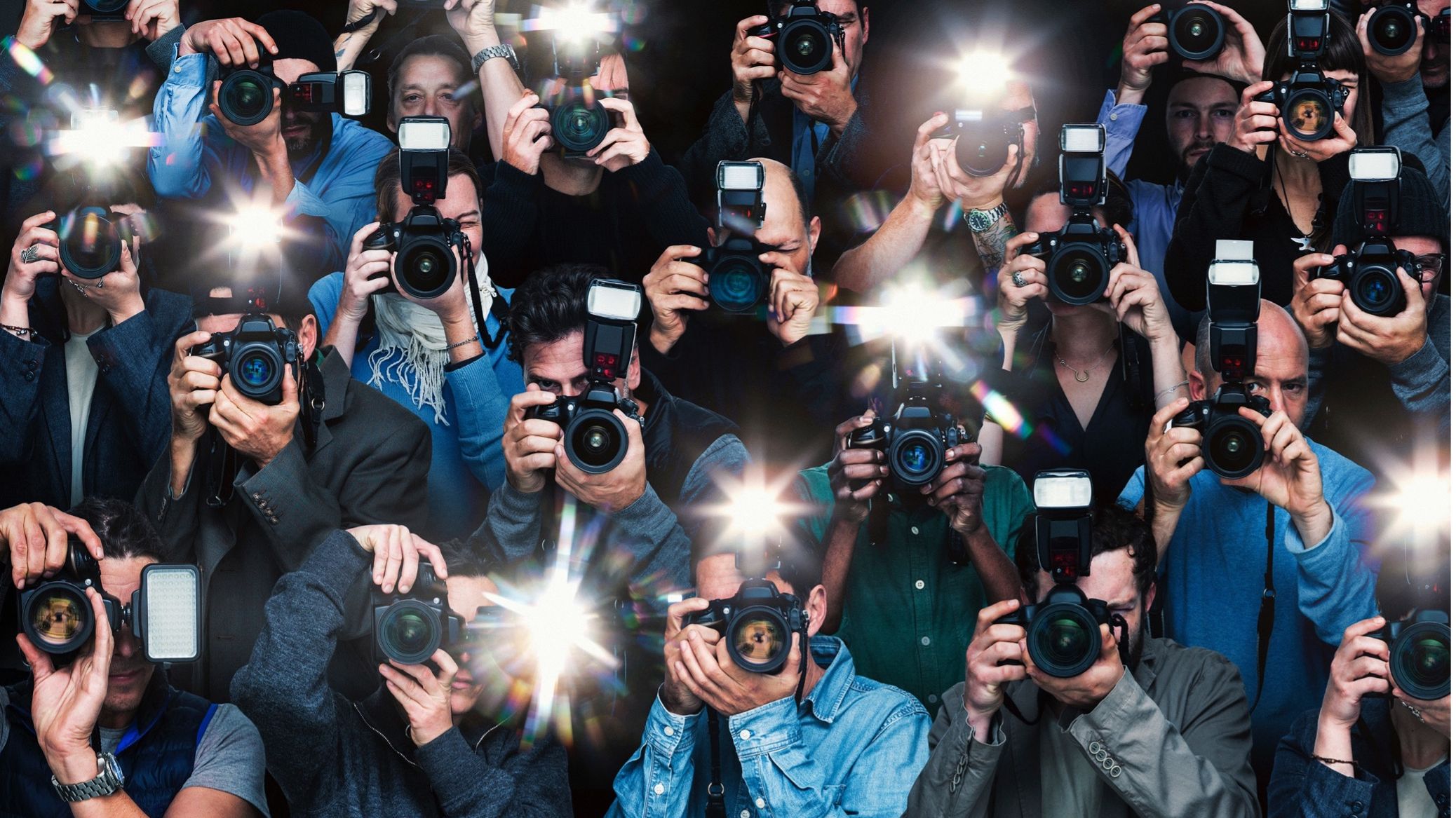How to manage media photo opportunities

Photographs and video from a set-piece protocol or media event can magnify its impact on public perceptions and on the reputation of institutions and VIPs. It is in everyone’s interests that photo opportunities are stage managed to facilitate the best quality images.
Media often complain that they have to fight to get what they need to make good images. Great public relations and protocol services treat media as customers. The following guidance explains how to help photographers and videographers to get the best pictures.
Timing is usually tight: VIPs may have only seconds or minutes available. A very brief shoot is sometimes all that is possible. Where appropriate, advise VIPs to schedule at least 2-3 minutes. Extra time lets media optimise settings and take more frames and angles, which increases the quality of their best shot. Larger groups (e.g. a G20 heads of state group shot) require more time because photographers must capture hundreds of frames to get a few in which nobody is blinking and each individual looks good.
Lighting is the greatest quality factor and the biggest complaint among media. Low light forces photographers to compromise quality (e.g. on-camera flash, grainy sensor settings, a shallow focal depth). Choose a location with as much light as possible, ideally from large diffuse sources (e.g. windows, a chandelier, big lampshades, or a room well lit by multiple soft indirect sources). Switch on all the lights. If you regularly host photo-shoots, consider providing professional lighting (e.g. large bright soft-boxes) and consult a photographer on setting them up. If outdoors, find shade, avoid direct sun and avoid the hours around noon. Natural light is best in the early morning or the late afternoon “golden hour”.
Briefing media upfront helps them make efficient use of your time and avoids undignified scrums. Tell them clearly what is going to happen (e.g. “VIP A and VIP B will enter through this door, walk to the chairs, sit, exchange gifts, sign a document, speak briefly, stand, shake hands, and exit through that door. We have about three minutes. Please stay in your assigned area.”) Provide written details for photo captions: who, what, when and where, including official names and titles.
Briefing VIPs upfront makes them comfortable which helps them appear natural. A good briefing helps them do what they need to do to facilitate good pictures and video. It is often advisable to first interact naturally together and then make eye contact with the cameras. Media-savvy VIPs make a point to look directly into the lens of every camera, one after another, so that each photographer gets a picture with direct eye contact.
Standing is better than sitting. It produces more flattering photographs. An exception is when one VIP is much taller, in which case sitting minimises the height difference.
Facilitate dynamic as well as static images. Plan shoots to help media capture a variety of formal and informal images. Posed shots are often necessary (handshakes, signings, standing line-ups etc.) but natural interactions (e.g. animated conversations) and movement (e.g. walking together) make stronger images that get distributed more widely.
Minimise unnecessary people. Media want clean, simple uncluttered shots containing only the VIPs. Other people often want to be in the picture (entourage, deputies etc.) but this makes messier images that are less useful for good protocol.
Make space between media and scene. Photographers may want to get close, but this puts them in everyone else’s shot. It’s not necessary: good photographers use longer lenses to make great images from a distance. Set a perimeter several metres away (e.g. a tape line or railing) so that everyone gets a clean shot with a wide frame and no other media in the way. The more media you have, the farther away you will need to put them.
For large numbers, allocate locations for specific media (e.g. taped-out floor squares labelled Reuters, AP, AFP etc). This prevents jostling for positions. Give key media the best spots. For large shoots in confined spaces, install risers so that those behind can shoot over the heads of those in front. Put TV cameras on the risers and stills photographers in front.
Backdrops and scenery can contain useful visual content such as national flags and institution logos. Media often crop subjects tight, so visuals should be compact and close (e.g. small table flags rather than large flags far off to the side). Simple repeating logo grids are fine. Avoid multiple brands and too many words (e.g. an event name is fine, but no long supporting text). Consider contrast, e.g. if a VIP will wear a white kandura, prefer a darker background over a white wall. If appropriate for the situation, choose a location with visual interest and symbolic meaning so that the picture can tell a story. Consider props.
Help VIPs look their best. Ensure dress is appropriate and immaculate. Empty pockets, if their contents are spoiling the line of clothing. Remove name badges. Remove sunglasses. Empty hands. Put away notes and sensitive documents (e.g. detail pages of the document being signed). Check eyeglasses: make glass spotlessly clean and advise against light-reactive lenses. Offer facial blotting or powder papers to remove skin shine.
ISOC course links
This guide relates to the following short courses at the International School of Communications, available live online and also face-to-face at our training centres in London and Dubai:
- Crisis Communication Programme
- Crisis Communication Strategy and Management
- Crisis Media Training
- Essential Media Relations
- Handling the Media in a Crisis
- Introduction to Communications and PR
- Media Training
- Planning and Managing PR Campaigns
- Protocol and Etiquette Management
- Strategic Communications and PR Programme
- Strategic Media Engagement
Stay connected with news and updates!
Join our mailing list to receive the latest news and updates from our team.
Don't worry, your information will not be shared.
We hate SPAM. We will never sell your information, for any reason.

